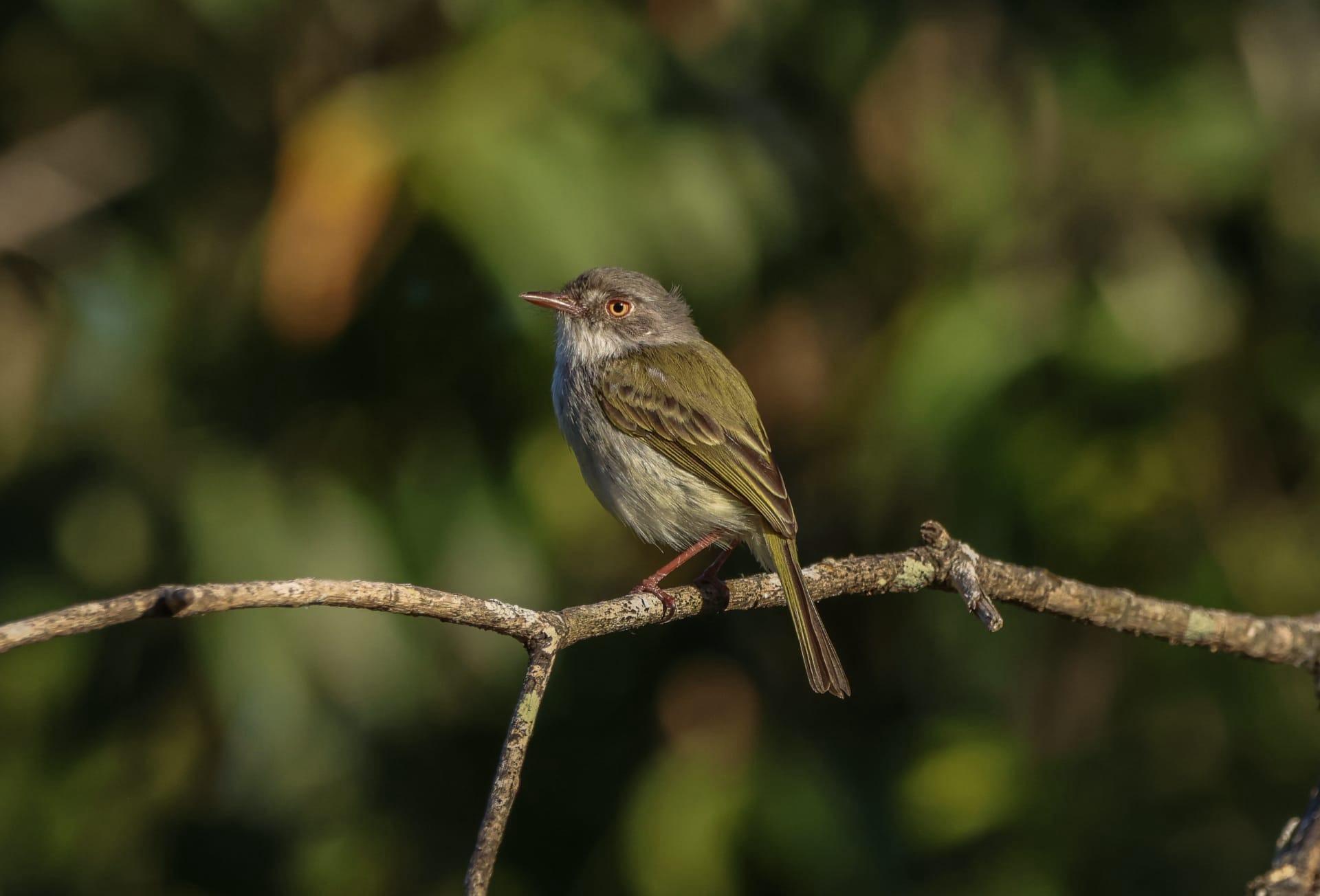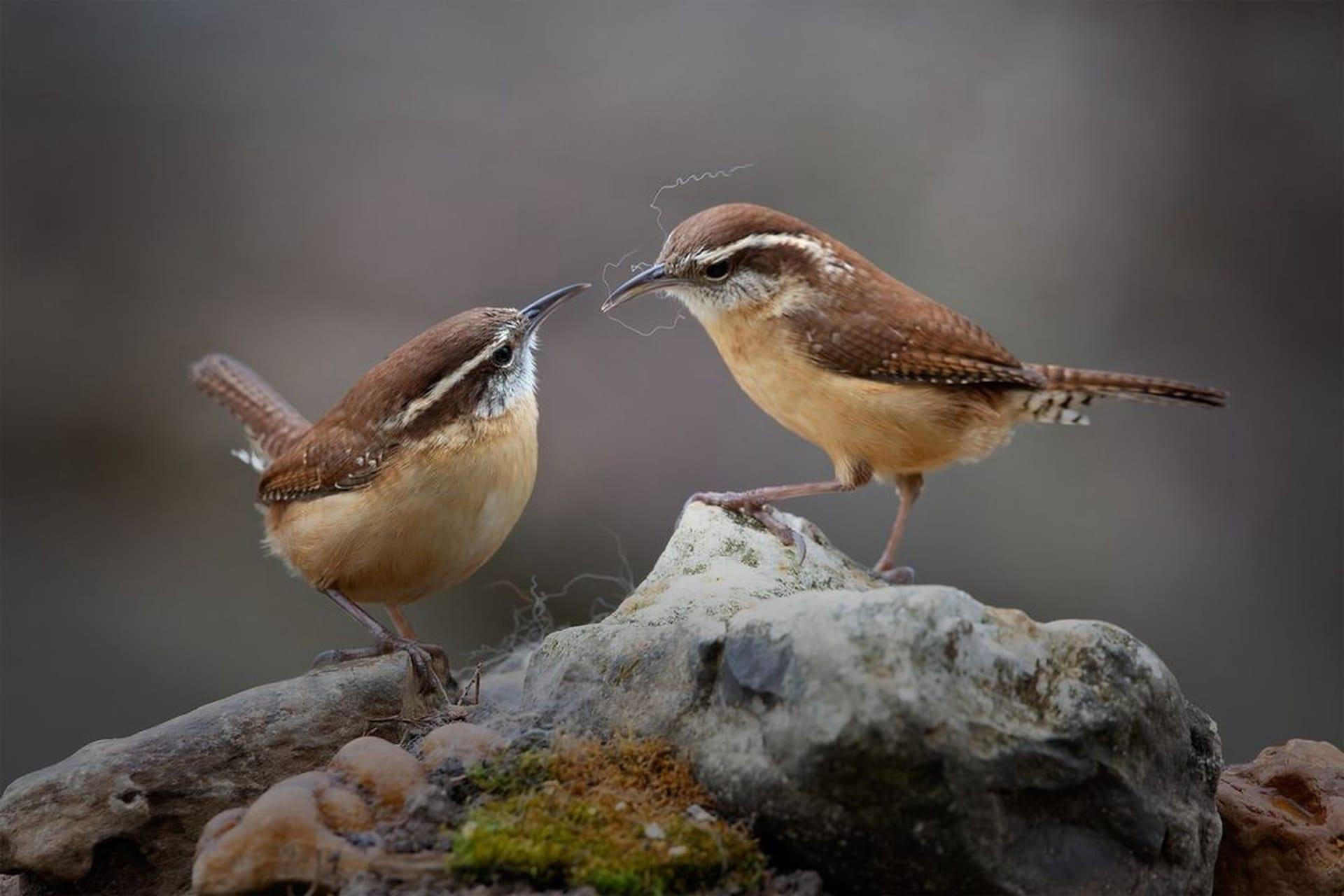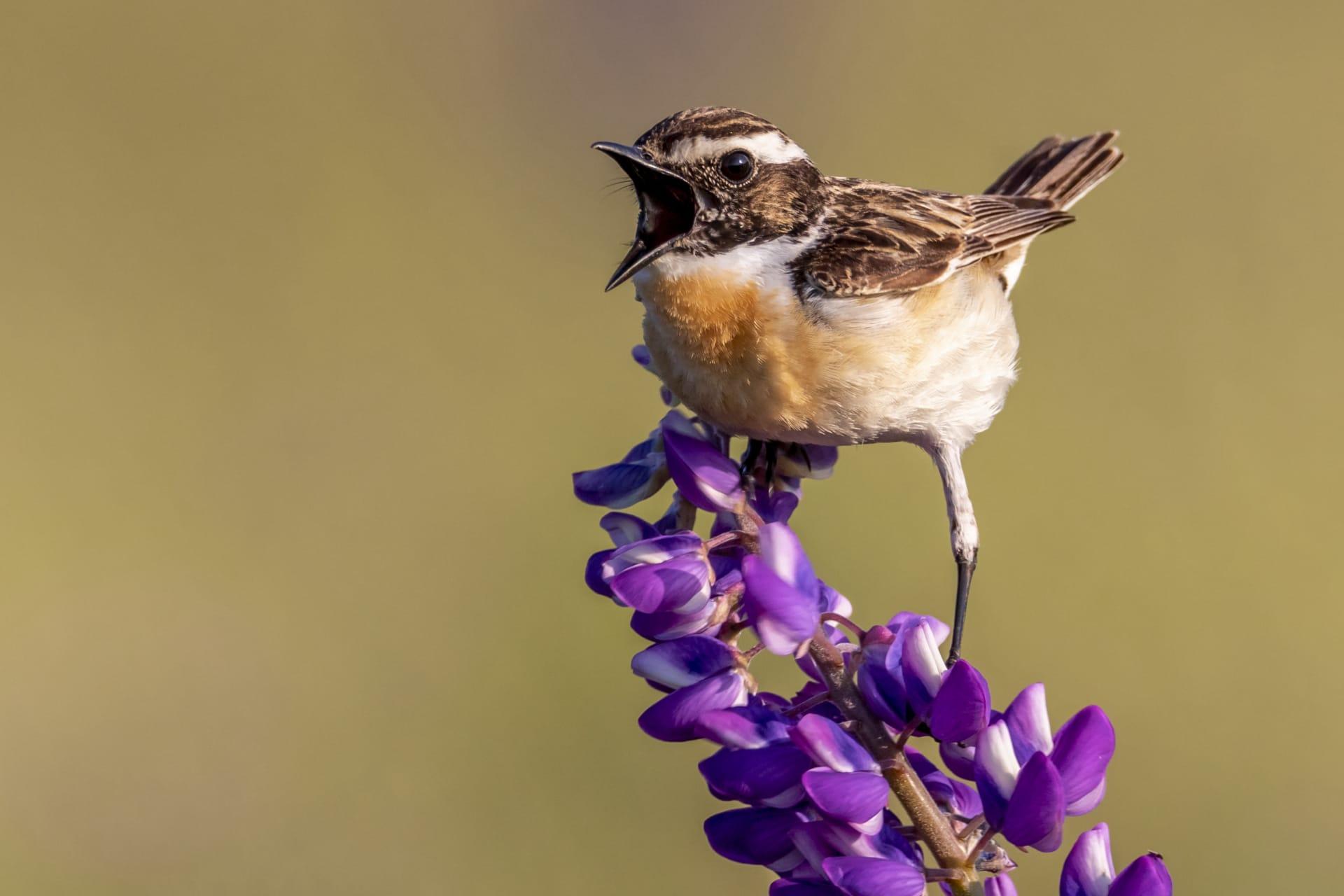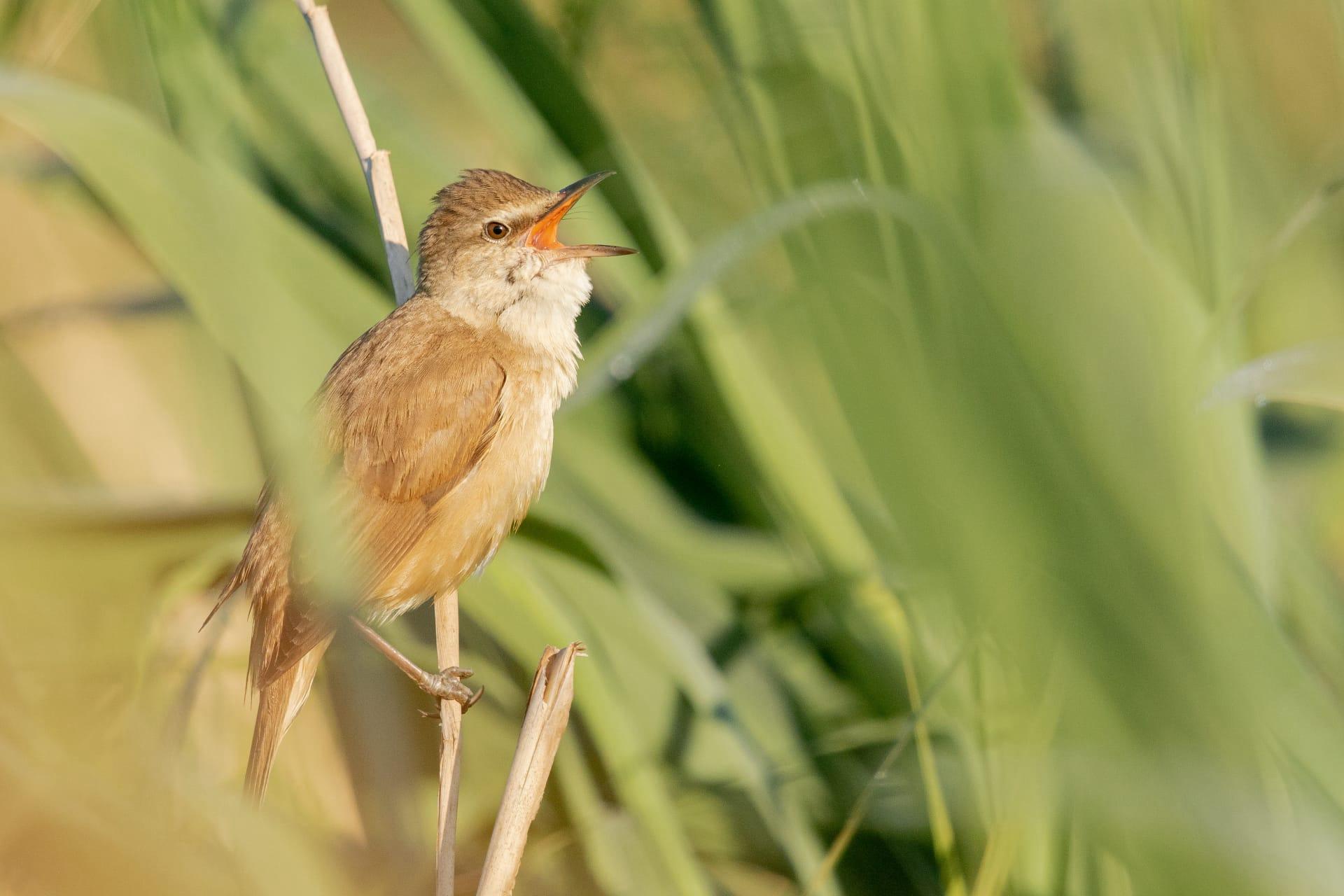1
Nightingales are famed for their melodious and powerful singing, particularly the males. They sing both day and night, with over 1,000 different sounds in their repertoire. Remarkably, a nightingale can sing as loud as 95 decibels, equivalent to the noise level of a chainsaw or a loud motorcycle. This vocal prowess is used to attract mates and establish territories.
Another intriguing fact about nightingales is their migratory behavior. They travel annually between Europe and Sub-Saharan Africa, covering distances up to 4,800 kilometers. During migration, they mainly fly at night, navigating using the stars. This remarkable journey is a testament to their endurance and navigational skills.

2
Nightingales are not just gifted singers but also are adept at mimicry. They can imitate the songs of other birds and even mechanical sounds like car alarms and camera shutters. This ability to mimic is more pronounced in urban environments, showcasing their adaptability.
The diet of the nightingale is quite varied. They primarily feed on insects, including ants, beetles, and caterpillars. In addition to insects, they also consume berries and fruits. This varied diet helps them maintain energy levels, especially vital during their long migratory flights.

3
Nightingales have a unique way of communicating through their song. Each song can last up to 2-3 minutes, and they often repeat the same song multiple times before switching to a different one. This repetition is believed to demonstrate their skill and stamina to potential mates.
The habitat of the nightingale is primarily in dense, scrubby areas near water. They prefer environments with a combination of thick underbrush and open spaces. This habitat preference provides them with ample cover for nesting and foraging, while the open areas are ideal for their aerial displays during mating.

4
Nightingales have a significant presence in literature and culture, often symbolizing love, beauty, and the arrival of spring. Their song has inspired poets, writers, and musicians for centuries. In fact, the famous Greek myth of Philomela, transformed into a nightingale, highlights their symbolic importance in storytelling.
Unlike many other bird species, nightingales do not exhibit strong sexual dimorphism, meaning males and females look quite similar. However, males are the primary singers, using their song to attract females during the breeding season. Females are more subdued and tend to focus on building the nest and caring for the young.

5
Nightingales have a relatively short lifespan in the wild. On average, they live for only about 1-3 years. However, there have been rare instances of nightingales living up to 8 years. The primary factors affecting their lifespan include predation and environmental challenges.
Nightingales are known for their late breeding season compared to other songbirds. They typically start breeding in late May or early June. This later breeding season aligns with the peak abundance of caterpillars, their primary food source for feeding their young, showcasing their adaptation to ecological conditions.